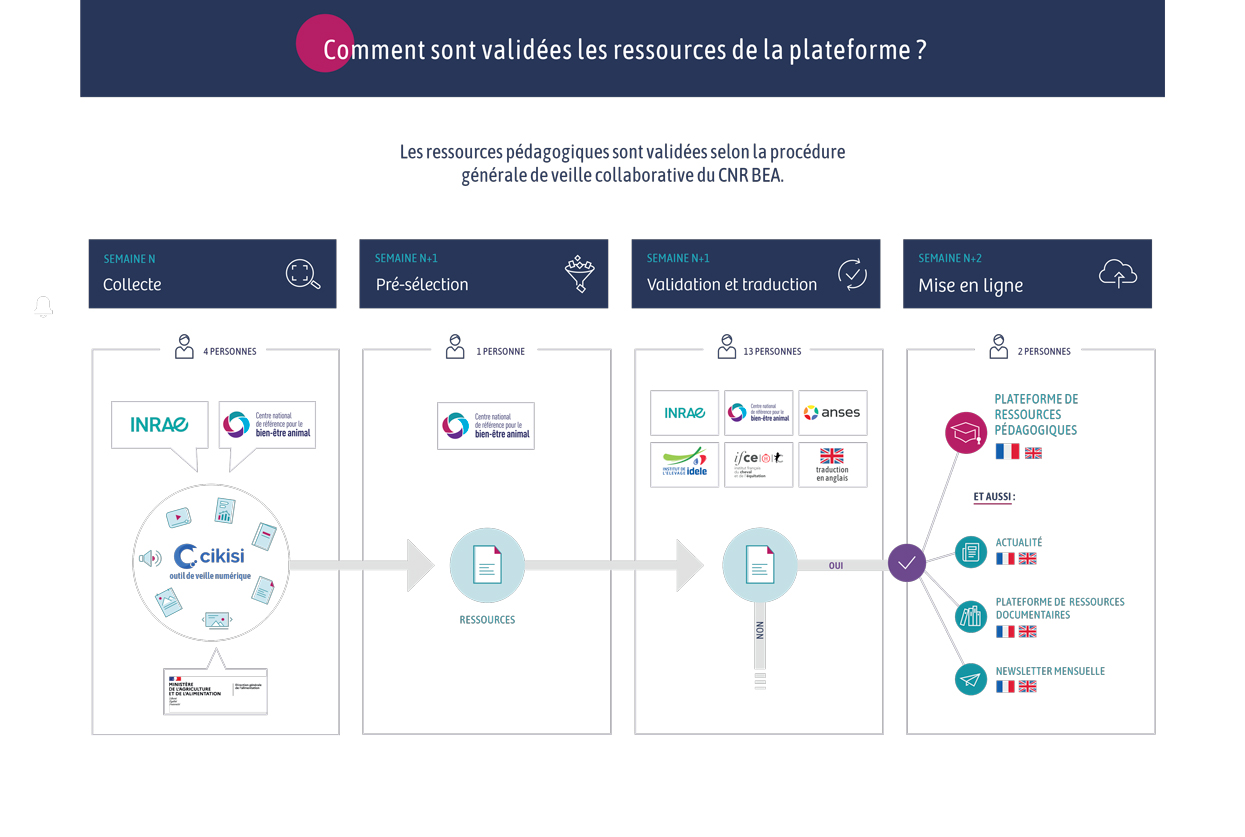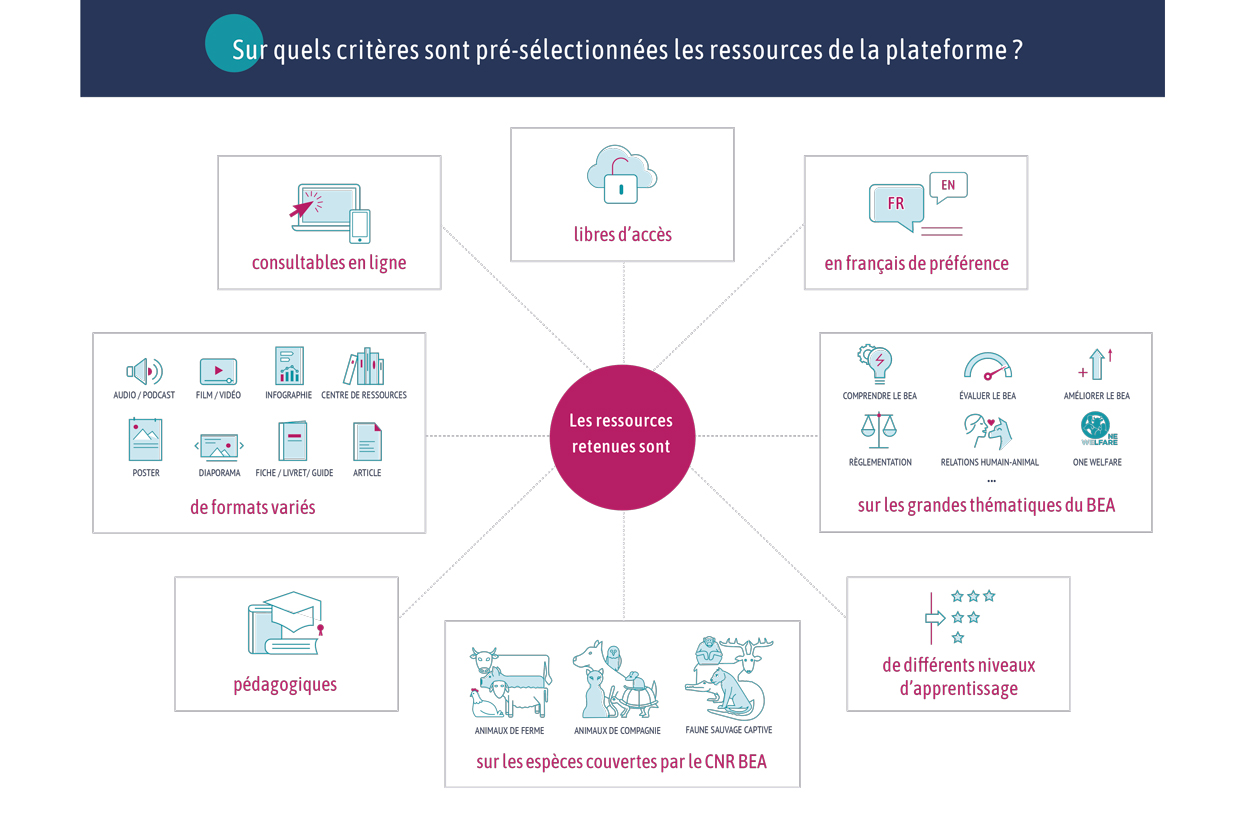Document type: Scientific article published in Frontiers in Veterinary Science
Authors: Frank A. M. Tuyttens, Sophie de Graaf, Sine Norlander Andreasen, Alice de Boyer des Roches, Frank J. C. M. van Eerdenburg, Marie J. Haskell, Marlene K. Kirchner, Luc. Mounier, Miroslav Kjosevski, Jo Bijttebier, Ludwig Lauwers, Wim Verbeke, Bart Ampe
Preview: The Welfare Quality® consortium has developed and proposed standard protocols for monitoring farm animal welfare. The uptake of the dairy cattle protocol has been below expectation, however, and it has been criticised for the variable quality of the welfare measures and for a limited number of measures having a disproportionally large effect on the integrated welfare categorization. Aiming for a wide uptake by the milk industry, we revised and simplified the Welfare Quality® protocol into a user-friendly tool for cost- and time-efficient on-farm monitoring of dairy cattle welfare with a minimal number of key animal-based measures that are aggregated into a continuous (and thus discriminative) welfare index (WI). The inevitable subjective decisions were based upon expert opinion, as considerable expertise about cattle welfare issues and about the interpretation, importance, and validity of the welfare measures was deemed essential. The WI is calculated as the sum of the severity score (i.e., how severely a welfare problem affects cow welfare) multiplied with the herd prevalence for each measure. The selection of measures (lameness, leanness, mortality, hairless patches, lesions/swellings, somatic cell count) and their severity scores were based on expert surveys (14-17 trained users of the Welfare Quality® cattle protocol). The prevalence of these welfare measures was assessed in 491 European herds. Experts allocated a welfare score (from 0 to 100) to 12 focus herds for which the prevalence of each welfare measure was benchmarked against all 491 herds. Quadratic models indicated a high correspondence between these subjective scores and the WI (R2 = 0.91). The WI allows both numerical (0-100) as a qualitative ("not classified" to "excellent") evaluation of welfare. Although it is sensitive to those welfare issues that most adversely affect cattle welfare (as identified by EFSA), the WI should be accompanied with a disclaimer that lists adverse or favorable effects that cannot be detected adequately by the current selection of measures.






